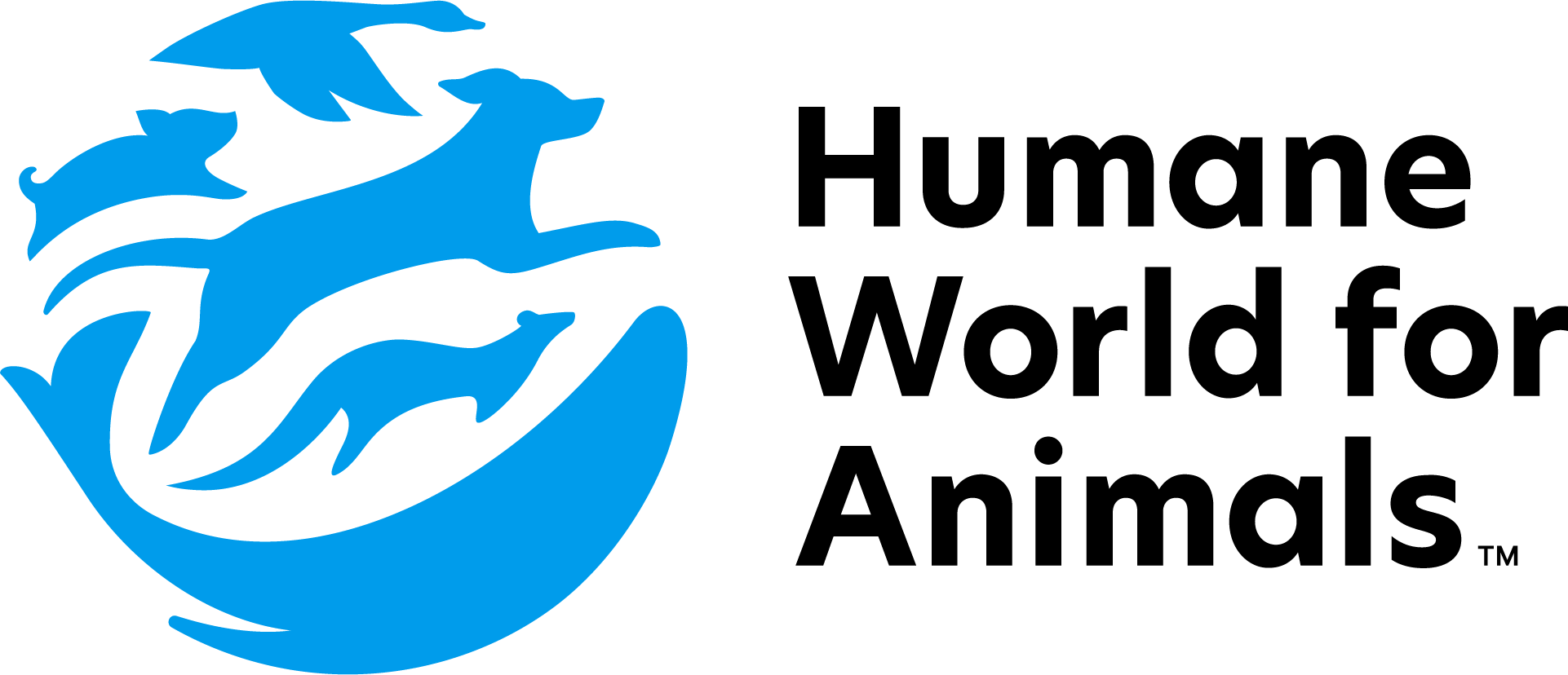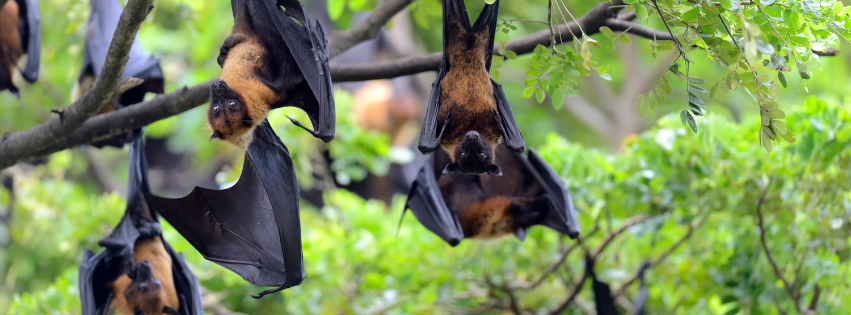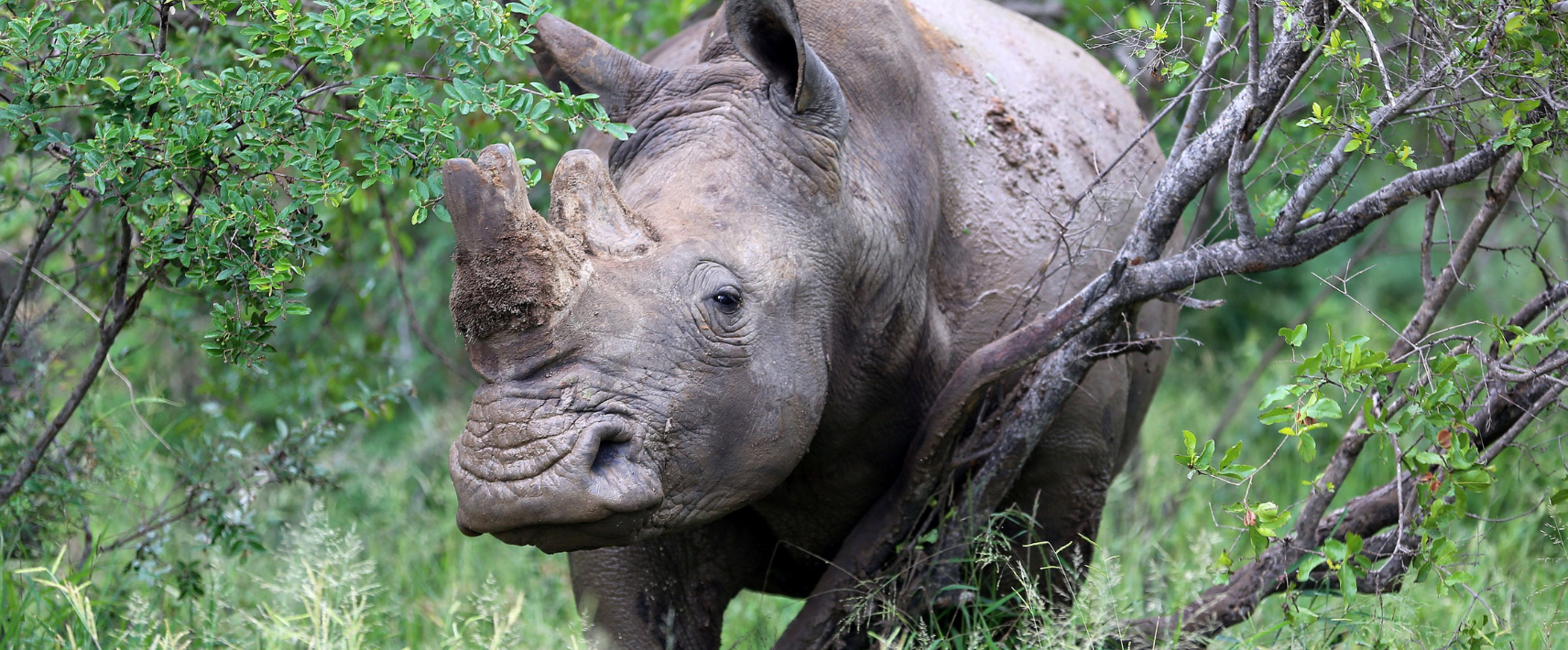Humane World for Animals has criticised the Crisafulli Government’s decision to reverse the former government’s phase-out of shooting flying foxes for crop protection. The animal protection charity says the move seriously undermines progress toward effective non-lethal management and brings back animal suffering. The phase-out of flying-fox shooting in Queensland was due to conclude on 1 July 2026, having given landholders three years to transition to non-lethal crop...
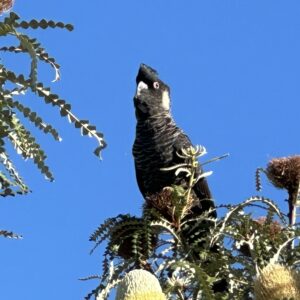
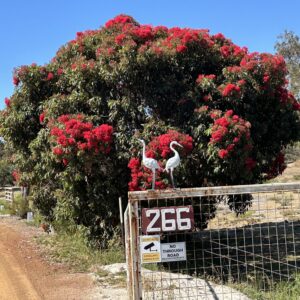
Left: Carnaby’s black cockatoo (Zanda latirostris), Right: Red flowering gum (Corymbia ficifolia), an endemic species to southwest WA.
Photo credits: Lori-Ann Shibish and Colin Ingram
Esperance Wildlife Sanctuary Inc
Western Australia • CHADWICK
In 2021 we purchased our 12-acre property that was part of a 1980s subdivision, partly cleared to run livestock, but luckily had remnant native vegetation, notably Australian Christmas trees.
Our property overlooks Lake Warden, part of the RAMSAR-listed Lake Warden Complex, a string of internationally important freshwater lakes that are critical feeding sites for migratory birds such as greenshanks, curlew and sandpipers. Local birds such as stilts, avocets, pelicans, gulls, herons, ducks and egrets are frequent visitors.
Since acquiring the property, we have restored the endemic native bushland by planting Banksia speciosa and Eucalyptus incrassata and are using patch burning to regenerate Nuytsia floribunda and Xanthorrhoea. We have put in over 3,000 plants of Hakea, Melaleuca, Templetonia, Lambertia, and Calothamnus and created a small nursery, using locally gathered seed to propagate seedlings allowing prospective areas to regenerate. After three years bluebell creeper, sedges, Adenanthos, Acacia and eight orchid species are flourishing. Our goal is to broaden and strengthen this corridor for connecting Lake Warden to Pink Lake.
We are actively eliminating invasive flora species like Freesias, Gazania, bridal creeper, Victorian tea tree and non-endemic wattles. Feral cats, rats and foxes are the largest threat to our fauna rehabilitation efforts, so we conduct an ongoing removal program. To assist wildlife, we have built and installed nesting boxes, reptile refuges, insect hotels and frog ponds.
Our efforts are being rewarded as we have seen an increase in the numbers of Western brown bandicoots, Western pygmy possums, lizards, frogs and birds. Using iNaturalist and Frog ID apps we have identified over 85 bird species, 15 reptiles, five frog species, three marsupials and an abundance of insects. We also operate a seabird and water bird rescue centre as members of Western Australian Seabird Rescue. Our temporary feathered guests have included Pacific gulls, Cape Barren geese, petrels, penguins, shearwaters, ducks and raptors.
Income from our small Airbnb helps offset some of the wildlife rehabilitation and restoration project costs. We love sharing our environment with guests who continually express their amazement of the biodiversity and projects of our small block. We feel privileged to be part of the Wildlife Land Trust. The program demonstrates that the collective participation of individual landholders makes the sum greater than the parts
Lori-Ann Shibish and Colin Ingram
Members since 2023
